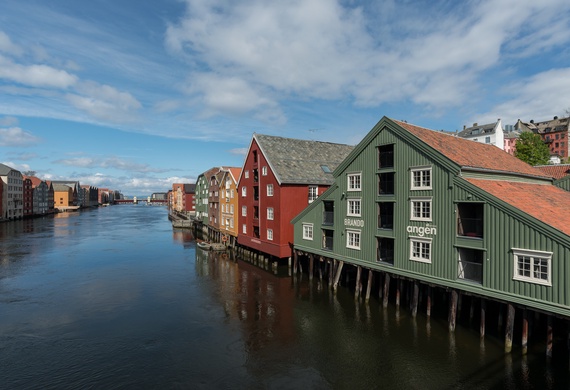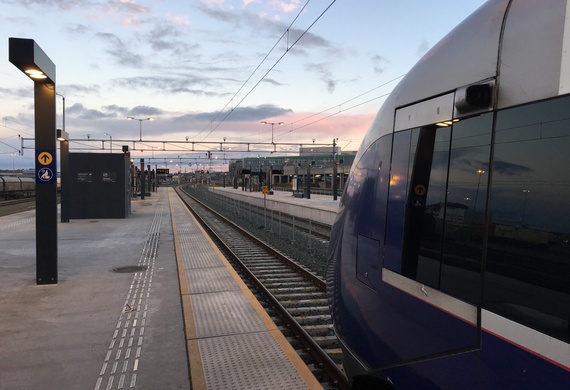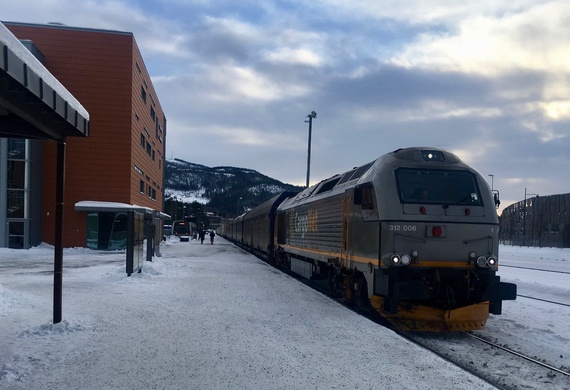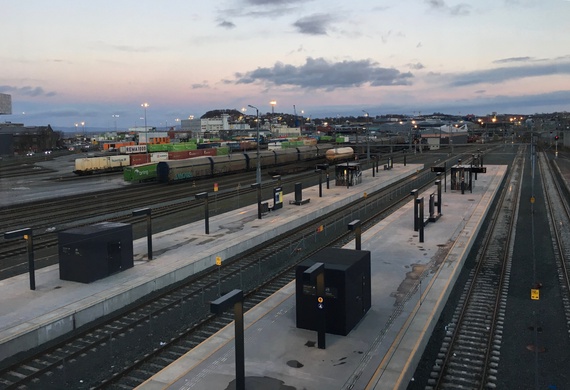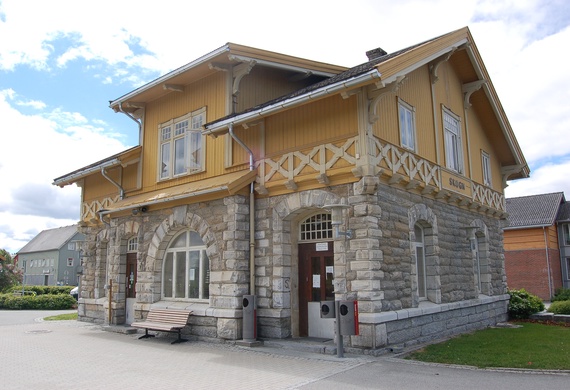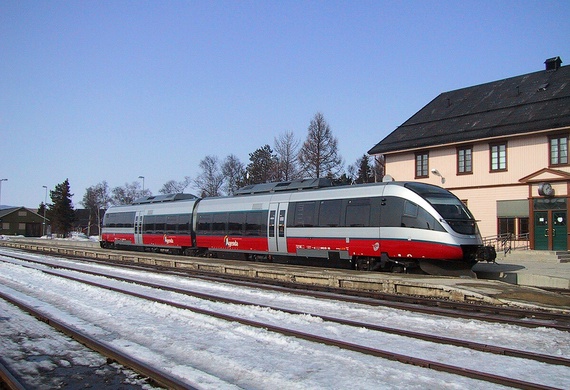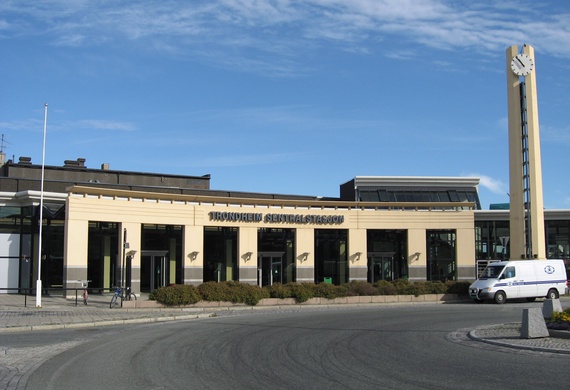Timetable concepts for the Norwegian National transportplan 2022-2033 - Trønderbanen
Integrated service and infrastructure planning for the Trondheim region
Travel demand in the Trondheim region of Norway is growing and the government wants to encourage use of sustainable transport modes. The Trondheim region is located along the Trondheim Fjord about 500 km north of Oslo. Since the area is highly mountainous, most of the region’s 293,000 residents are settled in valleys and along the coast and fjords. This topography of coastlines and mountain valleys, makes the area ideally suited for regional railway service. The area’s Trønderbanen regional rail service is well used, but the line is operating near capacity and therefore new capital improvements are needed to increase service.
trenolab used microscopic simulation to help develop an optimized infrastructure investment plan. The planning process consisted of developing and testing a proposed timetable, identifying and evaluating infrastructure alternatives, deciding on a preferred infrastructure alternative, revising the analysis based on this decision and developing a recommended infrastructure investment plan. The study was completed in two parts. The first compared five timetable alternatives and was used by the Jernbanedirektoratet and Ministry of Transportation and Communications to make several decisions regarding rolling stock, service and infrastructure plans. The second part developed and analyzed two new timetable alternatives based on these decisions. The Jernbanedirektoratet’s goal is to develop plans for increasing railway service without significantly increasing infrastructure investments, in other words using existing capacity as efficiently as possible. The alternative timetables developed in this study were created with the objective of providing a regular-interval structure and the shortest possible running times to increase the attractiveness of service to passengers.
Two feasible and reasonable timetable alternatives were developed. Alternative 1, which assumes electrification of the Trondheim – Støren line creates a very tight timetable structure that leads to more attractive running times, but also requires more infrastructure improvements and skips more stations than Alternative 2. Alternative 2 (no electrification of the Trondheim – Støren line) is a less demanding timetable with longer running times, but requires fewer infrastructure improvements.
A microscopic simulation demonstrated the feasibility of both timetables under realistic delay conditions, but highlighted the lower robustness of both proposals compared to the current timetable. This is a result of the shorter running times, higher frequency service and lower performance of the new trainsets. As expected, the tighter Alternative 1 proved less robust than Alternative 2.
Our tasks:
- Timetable design
- Infrastructure planning
- 2019/07 - 2019/09
- Norway
- Jernbanedirektoratet
- Timetable Planning, Integrated Service and Infrastructure Planning
- TRENOplus

